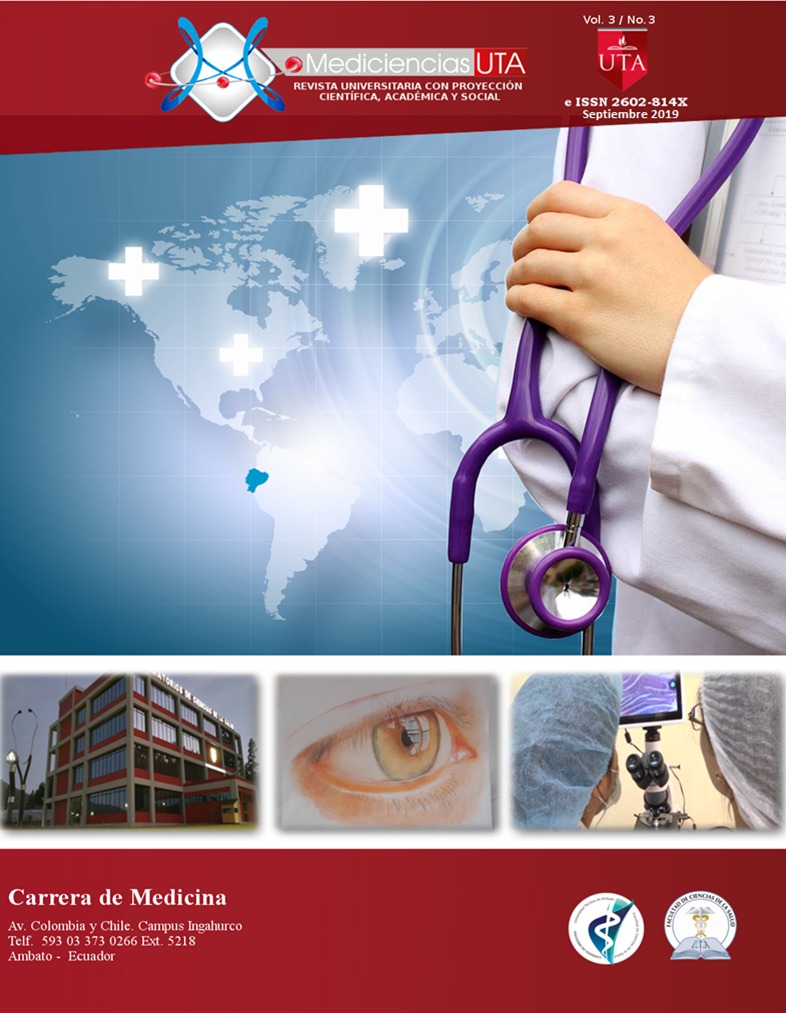Incidence of pediatric-aged encephalitis
Main Article Content
Abstract
Introduction: At the global level, pediatric encephalitis is considered to bea rare and pathological impact, affecting structures of the central nervous system.
Objective: Evaluar la incidencia de encefalitis en edad pediátrica durante el periodo Enero 2017 -Marzo 2019 del Hospital Provincial Docente Ambato (HPDA).
Material and methods: Retrospective descriptive study, descriptive statistical methods were used.
Results: 4231 patients admitted in the last two years for various pathologies of which 13 patients had the diagnosis of egress encephalitis representing 0.3%, with a predominance of the male sex and according to the etiology unspecified encephalitis with 62%, viral 23% and autoimmune 15%. The most affected age group was 10 to 14 years old and the pathologies associated with the greatest prevalence were epileptic status and acute respiratory infections.
Conclusions: Encephalitis is a complex neurological syndrome that poses a challenge to diagnose and treat due to the variety of aetiologies and non-specific clinical presentations, in recent years the incidence has increased due to factors such as immunosuppression and exposure to powerful radio waves, however prevention, vaccination and vector control programs help to decrease the percentage of it and the irreversible sequelae it could cause.
Downloads
Download data is not yet available.
Article Details
How to Cite
Aldás Serrano, M., Barriga Olmedo, J., & Vargas Domínguez, V. (2019). Incidence of pediatric-aged encephalitis. Mediciencias UTA, 3(3), 120–126. Retrieved from https://revistas.uta.edu.ec/erevista/index.php/medi/article/view/1387
Section
Original research article



